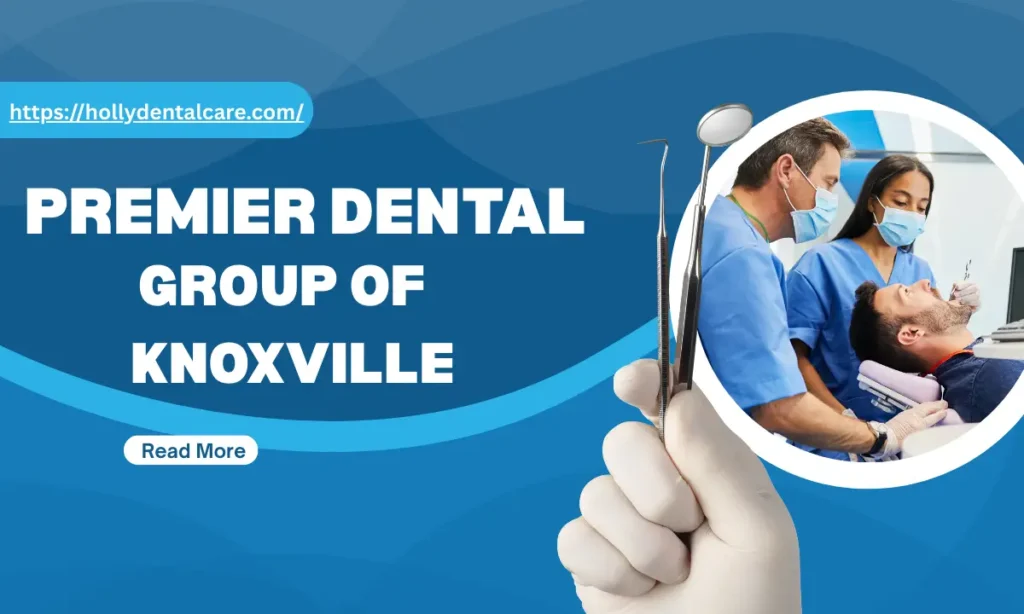In a competitive market, how do you set your dental practice apart from others? How do you reach patients and retain them? Finding ways to make your practice thrive can feel overwhelming. You went into the dental profession because you wanted to improve people’s oral health and not because you wanted to be a businessperson or work in marketing. However, you need a successful practice so that you can reach those patients that you want to help. One way to approach this is to think in terms of removing the barriers that are keeping prospective clients from finding and visiting you.
Financial
Concerns about money is probably one of the top reasons that many don’t go to the dentist. Even if they have good health insurance, it may not cover dental costs. Of course, this only makes the problem even worse. When dental visits are delayed, they may develop more serious oral health issues, and the cost of fixing those issues goes up. Dental implants in Melbourne are one of the most effective ways to replace missing teeth for the right candidates, partly because of their permanence. Unfortunately, their cost puts them out of reach for many.
Navigating the finances is not just overwhelming for patients but also for practices. You can review a guide that discusses ways to make implants and other procedures more affordable. Solutions are both creative and practical and include employer-sponsored reimbursements, medical lines of credit, and in-house payment programs. There are flexible strategies that permit financing for dental implants even if your patients are rebuilding their credit. Uninsured patients, those who need more time to pay and others can all benefit from these strategies, which can help them and increase your treatment acceptance.
Fear
Not far behind finances are the barriers created by fear. It’s often said that public speaking is one of the number one human fears, but fear of the dentist must be ranked highly as well. Advances in treatments make many procedures far less uncomfortable than in the past, but if people aren’t aware of them, they’ll remember a painful, long-ago experience and assume that it’s standard. You can start by advertising yourself as a practice that’s sensitive to fear and phobias.
In addition, including material online can help familiarize themselves with your practice while at home or in another environment that feels safe. Virtual office tours, videos in which you introduce yourself and offer oral health tips, and information about various procedures can give people the information that they need to feel comfortable. Emphasizing comfort in the office as well and the steps you take to ensure that patient experiences are as painless as possible is impossible. In addition, post testimonials on your site from satisfied patients, particularly those who might have struggled with a disproportionate fear before coming to see you.
Visibility
A great plan to help pay for treatment and a compassionate presence still won’t help if nobody knows about it. How can you get your message out? This is another element that can feel overwhelming. Digital advertising has been around long enough that it’s becoming clear that staying on top of what reaches people effectively is always changing. However, one thing that doesn’t change is the power of word of mouth. The medium might be different, with people getting recommendations on various social media sites instead of from a neighbor, but the effectiveness hasn’t changed. Think about how you can make the best of this.
You could offer discounts to people who refer others to your practice, but you could also offer some kind of incentive for people who share information about your practice on social media. As part of your word-of-mouth push, you may also want to think about what incentives you could offer to get people to write reviews. Some businesses may worry about encouraging reviews at all because a bad review can do so much damage. However, there is a way to make the best of even this kind of unfortunate situation. You may not be able to control a disgruntled former patient, but you can control how you respond to the review. A reply that reaches out to the person and offers concern and solutions can turn the situation to your advantage.
Although there’s no guarantee, sometimes people do go back and revise reviews after a company has done its best to fix a problem. It’s also important at this stage to think about who your potential patients are and who you want to attract. It may be strange to think in terms of having a brand as a health care facility, but you need to consider what kind of image you want to project in your advertising. Are you in a college town, a rural area, or a big city? Do you want to aim at specific populations, such as families? Think about what kind of new patient specials you could offer to attract them.



